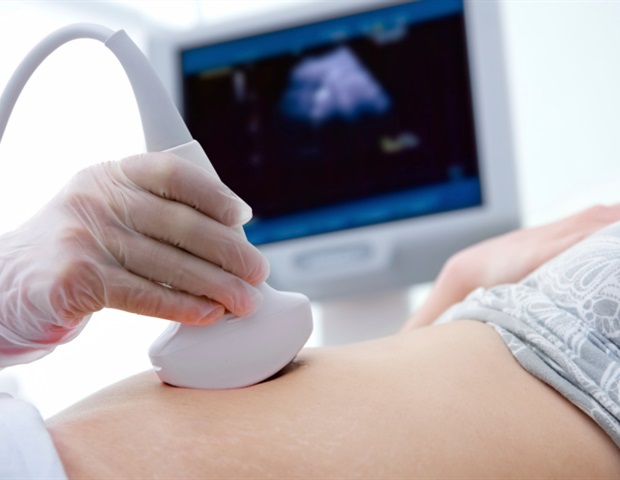Researchers found that acoustic emission dose-an acoustic signal from microbubbles-could predict how to adjust ultrasound power and open the blood brain barrier for delivering drugs in patients with glioblastoma.
The blood-brain barrier-a feature of blood vessels that protects the brain from harmful substances-is so good at its job that it poses a serious obstacle to treating brain cancer. To deliver therapeutic treatments across the blood-brain barrier (BBB), researchers at Mass General Brigham have been working for decades on a technique known as focused ultrasound, which uses low-power ultrasound technology combined with microbubbles. In a new study, researchers at Mass General Brigham collaborated with colleagues at University of Maryland School of Medicine (UMSOM) to analyze results from ultrasound treatments delivered to 23 patients. Results published in Device identify a key metric-known as acoustic emission dose-which can predict how well the BBB opened, identifying a sweet spot that the team used for treating patients.
Our study builds on seminal work that began back in the 1990s in the Focused Ultrasound Lab at Brigham and Women’s Hospital when focused ultrasound combined with microbubbles was first used to open the blood-brain barrier. Our work builds upon these discoveries, translating pre-clinical work into humans, and showing the promise of using this technique in patients with glioblastoma.”
Alexandra J. Golby, MD, senior author of the Departments of Neurosurgery and Radiology at Brigham and Women’s Hospital
The research team analyzed 972 individual applications of focused ultrasound sonications over the course of 58 treatments for the 23 patients. They assessed acoustic emission dose (AED)-acoustic signals from bubbles-which can be adjusted to open the BBB. The team found that the sweet spot for treatment was an AED of 0.5 to 1.6-a window that can be used to reliably open the BBB to deliver treatment directly to a targeted site in the brain, while minimizing damage.
“Acoustic emissions monitoring and acoustic emissions dose offer an opportunity for a unifying concept in focused ultrasound,” said lead author Graeme Woodworth, MD, professor and chair of Neurosurgery at UMSOM and director of the Brain Tumor Treatment and Research Program at the University of Maryland Marlene and Stewart Greenebaum Comprehensive Cancer Center (UMGCCC). “The data and analysis provided in this study serve to advance this methodological paradigm and the focused ultrasound field.”
The team will report separately on the safety and effectiveness of focused-ultrasound treatment in the 23 patients who were a part of the study, but the current work identifies an important therapeutic window for opening the blood-brain barrier for treatment.
“Our study shows that we can successfully and repeatedly open the blood-brain barrier for treatments,” said Golby. “This represents an important advancement for a patient population that often has few treatment options.”
Source:
Journal reference:
Woodworth, G. F., et al. (2025). Acoustic emissions dose and spatial control of blood-brain barrier opening with focused ultrasound. Device. doi.org/10.1016/j.device.2025.100894.
